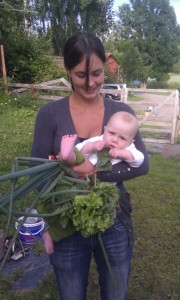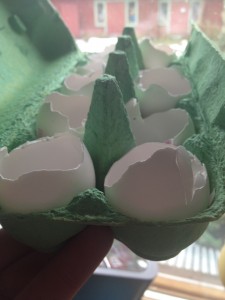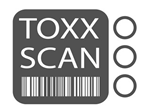Slowly but surely, winter’s grip is loosening and many of us wants to start growing our own f ood. I think it is a wonderful time when you can start thinking about what to cultivate this year. Last year my plan was to only grow a few crops but it ended up with probably 20 different ones 🙂 I think it is really hard to stop myself buying seeds when everything look so beautiful and tasteful. For me it is wonderful to have the possibility to grow my own vegetables, it is freedom.
ood. I think it is a wonderful time when you can start thinking about what to cultivate this year. Last year my plan was to only grow a few crops but it ended up with probably 20 different ones 🙂 I think it is really hard to stop myself buying seeds when everything look so beautiful and tasteful. For me it is wonderful to have the possibility to grow my own vegetables, it is freedom.
I think it is really good to involve the kids during the process. The kids will learn were the food comes from. If they are involved in the whole process they will see how the little planted seed grow up and turn in to something they can eat, just with some water and some love. I think it is good to let kids of today be involved in almost everything you do, they need to feel important.
Below are some tips on how to get such a non-toxic harvest as possible.
Preculturing should be done in organic soil. Unfortunately, most pots that you can buy for precultureing is in plastic. If you decide to use plastic I recommend plastic pots with number HPDE (#2), LDPE (#4), and PP (#5), they are generally considered safe. Over the years I have grown, I have made several mistakes with my choice of pots. I didn’t want to use plastic pot so instead I used toilet rolls, milk cartons and newsprint.. However, I realized that they containing waste paper inkl. plastic, bisfenol and ink. So my hot tips right now are organic eggshells.

If you cultivat in a hotbed or in a pot, buy organic soil. If you dig your own vegetable garden, plant in safe soil that hasn’t been treated with pesticides for at least three years. It is also good to let to know your soil, the pH and what kind of soil you have. How to do it you can find here.
You easier get a good result with your growing if you consider planting in a raised bed, which helps control weeds and pests, builds better soils, and extends yields and growing seasons. Don’t use treated lumber or recycled railroad ties, which may leach chemicals. Instead use brick, stone or untreated wood.
If you don’t have a garden but a balcony, it works perfectly as a cultivation site. Remember to use containers that do not leak chemicals. The safest is non-galvariserad metal, untreated wood, clay pots or unglazed ceramic containers. Some plastics are also ok (I don’t recommend it but it may be an option) HDPE (# 2), LDPE (# 4), and PP (# 5) plastics are generally considered safe.
Be cautious about fertilizers. Some sold as “natural” or “organic” are made from so-called biosolids, otherwise known as sewage sludge. A lack of labeling laws means there’s often no way to tell what’s what. I use organic compost, organic manure and nettle water.
For more great tips can be found here.
Good luck with growing, the summer will be here soon! 🙂



Recent Comments